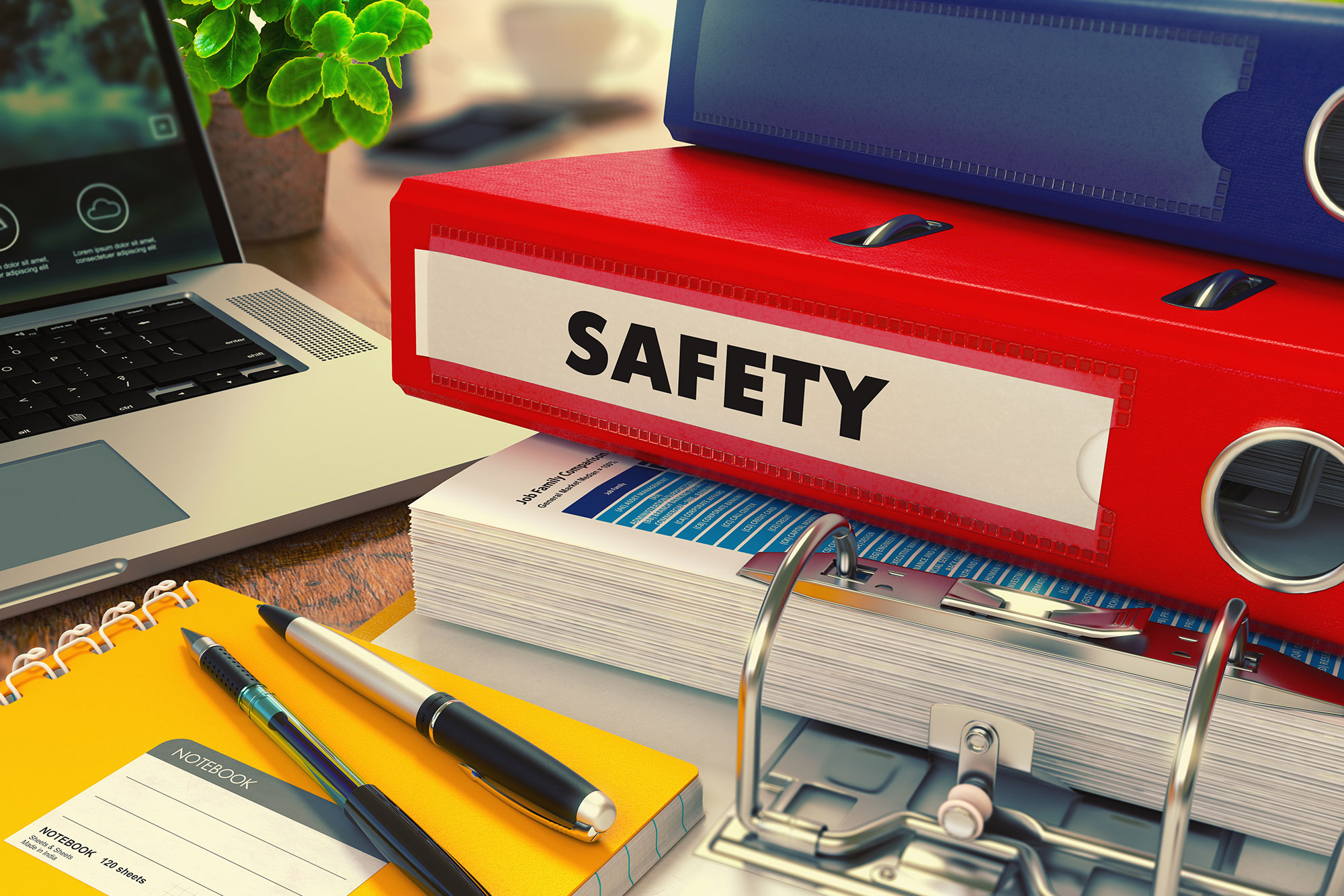Safety should always be taken seriously. The health and safety of your employees should be one of your main concerns – after all, without your employees your stores would not be able to operate. A vast majority of employee injuries are attributed to common mistakes that could be avoided with proper convenience store safety training.
Top Convenience Store Safety Training Topics for Employees
In order to avoid mistakes that lead to workplace accidents and injury, make sure your employees are well-trained in these important safety topics.
- Safe lifting: While safe lifting may seem like something that would be common sense, it is an important training topic for most employees. Knowing how to properly lift large and heavy objects will help reduce the risk of injury to the lower back.
- Slips and falls: Slips, trips, and falls are among workplace accidents accounting for more than 84% of all non-fatal, work-related injuries requiring time off work – and in many cases they are avoidable. Train your employees to avoid slips and falls by paying attention and practicing good housekeeping around the store.
- Heat illness: According to the CDC, 94% of all heat-related deaths occur between May and September, with the highest numbers occurring during July and August. Heat illness can result from time spent outdoors, or even indoors around warm equipment such as stoves and ovens used for foodservice. Make sure your employees are well-trained in not only how to prevent heat illness, but also how to recognize the symptoms in themselves and others.
- Box cutter safety: Nearly 30% of all workplace injuries involve cuts or lacerations, mostly to the hands or fingers. All employees should know how to safely use box cutters, as well as replace dull or broken blades.
- Handling bodily fluids: When you’re working with the public, anything can happen. In order to prevent your employees or customers from being exposed to potentially serious or life-threatening illnesses, train your employees on how to properly handle situations where they may become exposed to blood or other bodily fluids.
- First aid: Accidents can happen, regardless of how hard you may try to avoid them. Whether it’s a simple cut or abrasion, or an emergency, your employees should be prepared for any situation with basic first aid training.
When is the Best Time for Convenience Store Safety Training?
Too often safety training is provided for employees reactively – when it’s already too late. Instead, plan ahead and schedule training for your employees so they can be prepared when the need arises. Here are several suggestions for training your employees:
Onboarding: Prepare your employees from day one. When you make safety training part of your onboarding curriculum, your staff will be better equipped from the start and will be able to handle whatever comes their way. If you’re concerned about overwhelming them in the beginning, you can always space it out over the first month or two.
Refresher Training: Skills can easily fade over time, especially if they’re not regularly put into practice. Set up a training schedule that requires employees to repeat safety courses annually to make sure they haven’t forgotten anything.
Automated Program: If you’re using a Learning Management System (LMS) to provide your safety training, you may be able to set up an automated learning path that assigns training for you. Schedule training for new hires, and include annual refresher training as part of the course. The training will be assigned automatically when the time comes, allowing you and your managers to focus on more important areas of business while still ensuring your employees remain well-trained and avoiding workers comp claims.
Convenience Store Training
The right training prepares your employees for the challenges they face on the job. Our convenience store training programs teach the skills your employees need to succeed.





